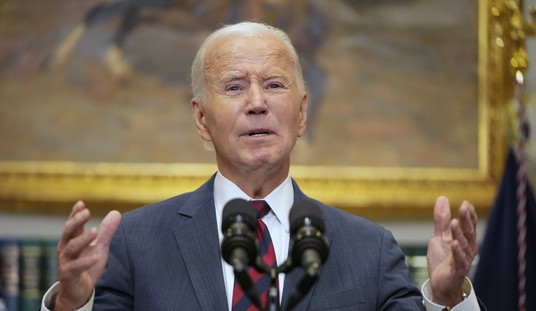Last Thursday, Republican Representative Paul Ryan and Democratic Senator Patty Murray struck a federal budget deal for the next two years. They have presented the agreement as a bipartisan, deficit-cutting solution to the nation’s fiscal problems. In reality, this deal is just the latest example of budget gimmicks in Washington.
Rep. Paul Ryan and other leaders of the Republican Party are touting this agreement as a plan to reduce the Federal budget deficit. In an appearance on NBC’s “Meet the Press,” Ryan stated that this deal “reduces the deficit without raising taxes.” Speaker of the House John Boehner boldly claimed that, “[i]f you’re for more deficit reduction, you’re for this agreement.”
In reality, this deal is more likely to increase the deficit than reduce it. The bill will increase spending by $63 billion in return for $85 billion in spending cuts. While the spending increases take place over the next two years, the spending cuts take place over the next ten years. Over half of the $85 billion in supposed spending cuts are to occur in 2022 and 2023.
A sitting Congress cannot prevent a future Congress from reversing future spending cuts. Once the $63 billion in spending increases have been realized by 2015, Congress has seven years to reverse the remaining spending cuts. If they choose to do so, this bill will end up increasing the budget deficit.
Recommended
Budget gimmicks that allow politicians to present themselves as deficit-reducing problem solvers, while avoiding the complaints of special interest groups hurt by actual budget cuts, are popular in Washington.
Since the Ryan-Murray agreement will likely increase the budget deficit, it makes an already dismal situation worse. The Federal government has allowed the budget deficit to exceed $1 trillion in four of the past five years. Government deficit spending is harmful to the economy. Chris Edwards, director of tax policy studies at the non-partisan Cato Institute, has found “that economic growth tends to fall as debt rises above about 90 percent of GDP”. Standard and Poor’s reported that the USA’s debt hit 100% of GDP in 2011 and is continuing to increase.
These deficits continue to add to the Federal debt, which is now greater than $17 trillion. While older Americans have reaped the rewards of deficit spending, young workers will be saddled with the cost of this debt for years to come. In order to pay off this debt, the government will either have to increase taxes or debase the currency (or both). Either way, this will have a serious negative impact on future economic growth.
Solutions to reduce the budget deficit require actual spending to decrease in real time. An ideal solution would simply reduce spending, starting with cutting waste. If a political agreement must be met that pairs spending cuts with spending increases, the cuts must exceed the increases. The spending cuts must also precede the increases, to prevent a future Congress from reversing such an agreement. Until these measures are put into place, Washington will continue its budget gimmicks, while young workers will be saddled with trillions more in debt.

























Join the conversation as a VIP Member